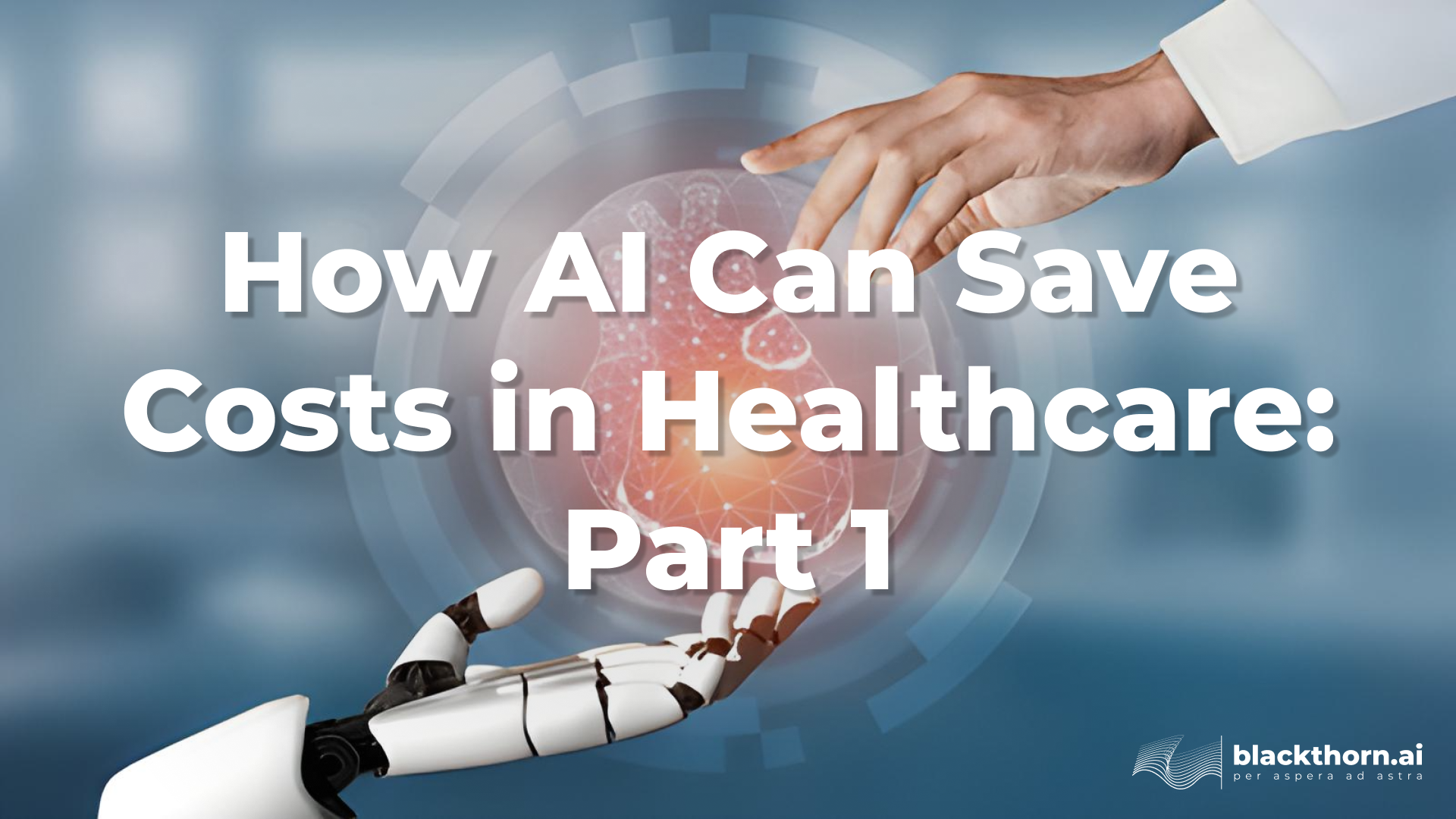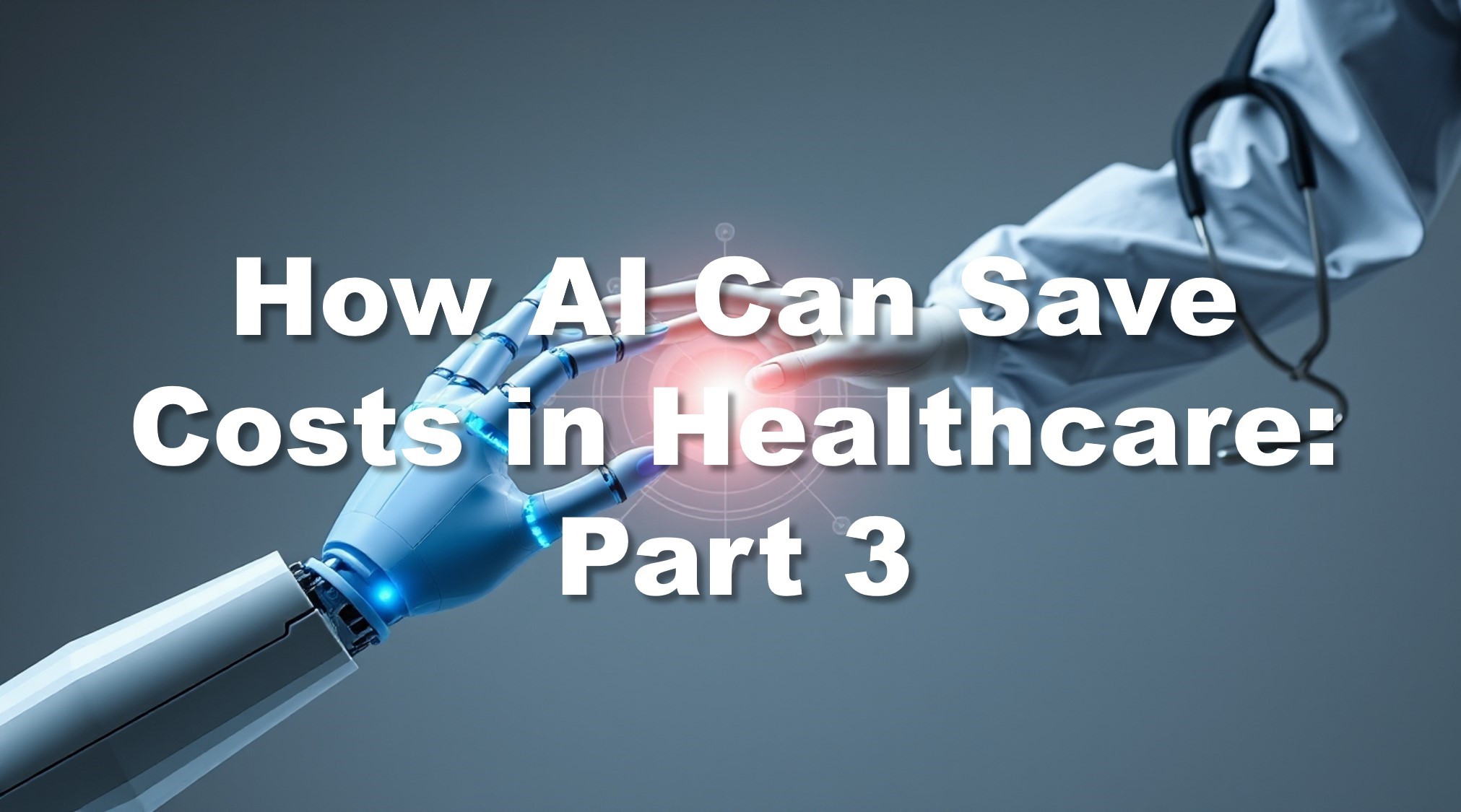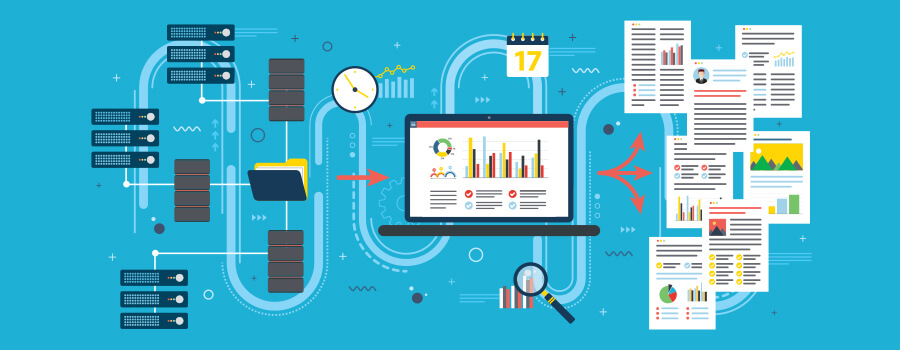
by Dmytro Petrov
27 Dec, 2024
How AI Can Save Costs in Healthcare: Part 1
1. Introduction
Artificial intelligence (AI) is a game-changing solution to numerous challenges in healthcare. From refining diagnoses to streamlining administrative tasks, AI promises improved patient outcomes and cost savings for healthcare organizations. By leveraging AI, healthcare providers can enhance efficiency, personalize treatments, and engage patients more effectively.
Integration began in the early 2000s when AI-powered speech recognition and NLP solutions for healthcare allowed medical staff to spend 45% less time on documentation. Such solutions can provide a comprehensive patient history summary much quicker than any human would read it. Since then, AI has begun replacing humans in the redundant work of processing enormous amounts of information. By utilizing documentation automation, healthcare providers increase efficiency and reduce manual work.
However, dealing with documents is one of many ways to bring the power of AI to reduce costs. AI can play various roles in healthcare, from releasing humans from ineffective repetitive tasks to assisting in diagnosis and even in complex analysis of biological processes, which involves an enormous amount of data with different modalities. Automating processes with AI allows us to reduce human error, speed up personnel work, make more informed decisions, and increase efficiency up to the level of a superhuman.
The blog will look at possible solutions that enhance Healthcare providers’ services. This is the first part of the series of three where we will examine different aspects from the impact and solutions to the cost of the solution’s maintenance.

2. How Can AI Save the Costs in Healthcare?
Utilizing AI in healthcare offers various applications that span multiple aspects of the field. The advantages of bringing an AI into the area differ for each way of its application, and to answer the question “How can technology reduce healthcare costs?” we have to examine an example for each primary solution.
- Medical Imaging and Diagnostics: AI algorithms can analyze medical images such as MRIs, X-rays, CT scans, and others with remarkable accuracy, assisting healthcare providers in detecting abnormalities, tumors, fractures, and other conditions. Furthermore, ECG diagnosis also can be improved with AI-assisted analysis. It can lead to quicker diagnoses and more effective treatment planning. Additionally, on top of the assisted tumor detection, a system can be built that recommends additional procedures such as biopsy, US of concrete regions, and more a few minutes after screening. Such an approach with artificial intelligence could save time for a specialist and the patient, who won’t need to wait weeks before another request for new analysis instead of results, which increases retention rate and overall client satisfaction.
- Predictive Analytics and Risk Stratification: By analyzing large datasets, AI can identify patterns and trends to predict patient outcomes, anticipate disease progression, and stratify patients based on risk profiles. It enables proactive interventions, personalized care plans, and preventive strategies to improve patient outcomes and reduce hospital readmissions. It allows for optimizing resource utilization and personal treatment, significantly improving patient satisfaction and ultimately leading to higher retention rates, patient engagement, and loyalty.
- Administrative Efficiency: AI-powered tools can streamline administrative tasks, speed up paperwork, and reduce the possibility of errors by quickly analyzing an enormous amount of data to summarize anamnesis and treatment history or by automatically digitizing documents. It frees healthcare professionals to focus more on patient care, improving operational efficiency and reducing overhead costs for healthcare organizations.
- Increased Productivity: AI-powered clinical decision support systems can assist medical staff in making more accurate and informed decisions, reducing the cognitive load and stress associated with complex medical cases. Automating administrative tasks minimizes the burden on healthcare professionals, decreasing the cognitive load on specialists and increasing staff satisfaction with their work. These factors can save admin costs and tackle staff burnout.
- Drug Discovery and Development: AI algorithms can analyze vast amounts of biomedical data to identify potential drug candidates, predict their efficacy and safety profiles, and optimize clinical trial designs. It accelerates the drug discovery process, reduces research and development costs, and facilitates the development of novel therapies for various diseases.
- Remote Monitoring and Telemedicine: AI-enabled wearable devices such as smartwatches or fitness bracelets and remote monitoring platforms allow us to continuously monitor patient’s vital signs, activity levels, and symptoms outside of traditional healthcare settings. It facilitates remote consultations, early intervention, and personalized remote care management, leading to better patient outcomes and lower healthcare costs. Remote monitoring increases the number of patients a healthcare facility can manage concurrently. As a result, establishments can efficiently scale their operations to accommodate more patients, enhancing accessibility to healthcare services and improving overall patient outcomes.
- Insurance Optimization: AI helps alleviate budget problems by focusing on proper medical underwriting, automated claims management, and unbiased data-driven decisions via advanced analytics. It boosts system efficiency while decreasing the effect of human errors.
- Conversational Interfaces: Tactful and timely interaction is critical for patient engagement. Using natural language programming (NLP), patients may interact with human-like chatbots and intelligent voice assistants, receiving required information and services in time through emotions-supporting solutions. In this case, medical facilities benefit from the increased availability of medical professionals, satisfied patients, and AI-conducted check-ups even after patients leave the facility.
- Drug dosage & combinations: AI-powered systems can instantly provide a personalized dosage of drugs based on a patient-specific case that reduces adverse reactions, leading to improved patient outcomes and lower overall healthcare costs. Delivering personalized and effective treatment plans can enhance patient satisfaction and loyalty. Satisfied patients are more likely to adhere to treatment regimens, which can lead to increased patient retention and revenue for healthcare organizations.
Overall, integrating AI into healthcare holds immense promise for improving patient outcomes, enhancing clinical decision-making, and optimizing healthcare delivery while reducing costs and increasing efficiency across the entire healthcare ecosystem.
If you have an origin idea or are interested in adding one of the listed here you can contact us here. The next post will discuss how much a solution can cost and what impacts the price.

Alex Gurbych
Chief Solutions Architect
Receive a professional and in-depth consultation from an experienced expert. Get tailored advice to address your specific needs and achieve your goals effectively.




